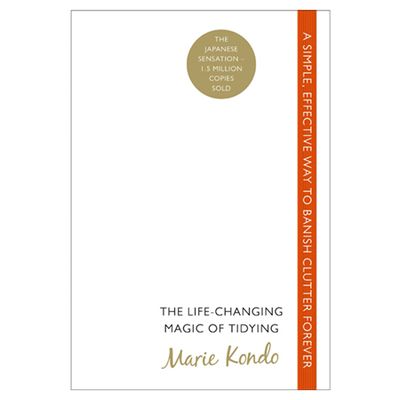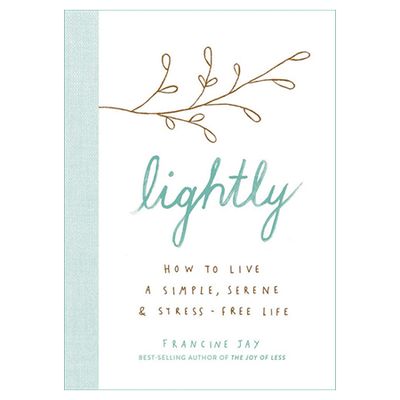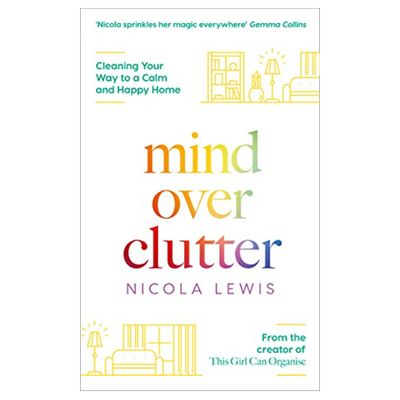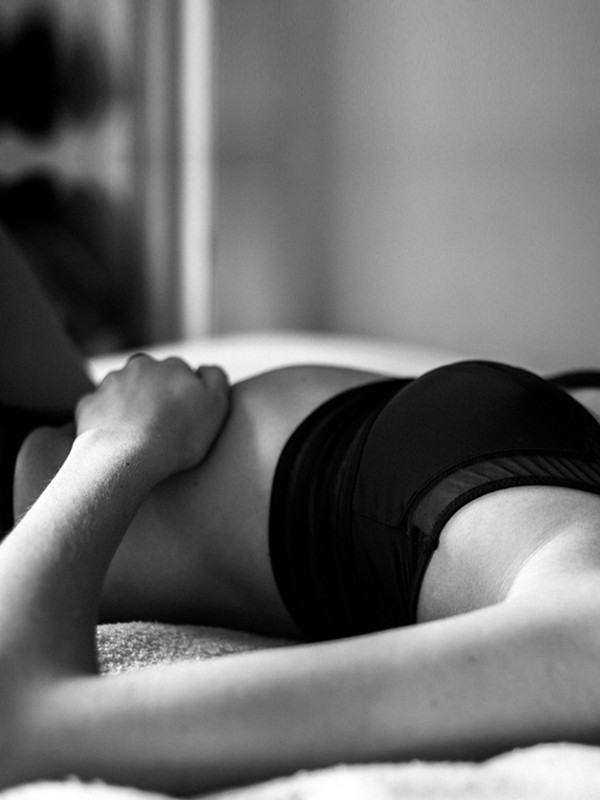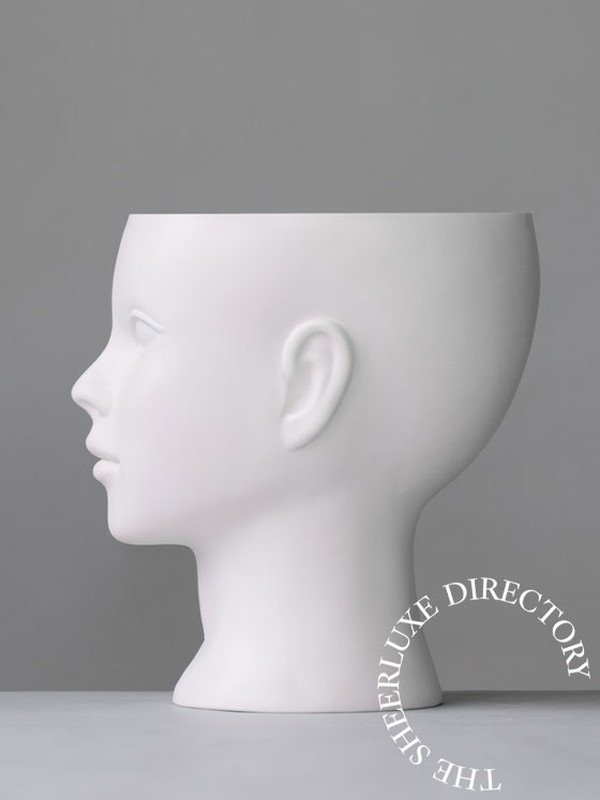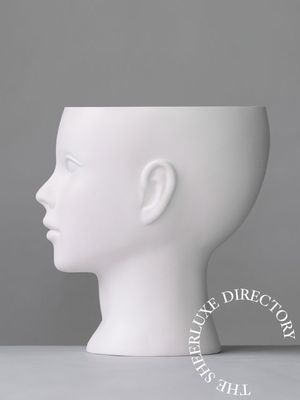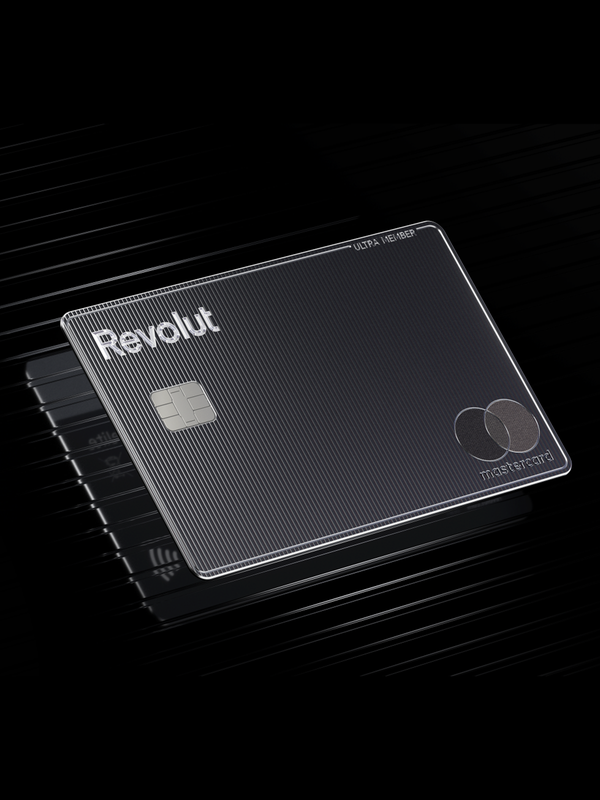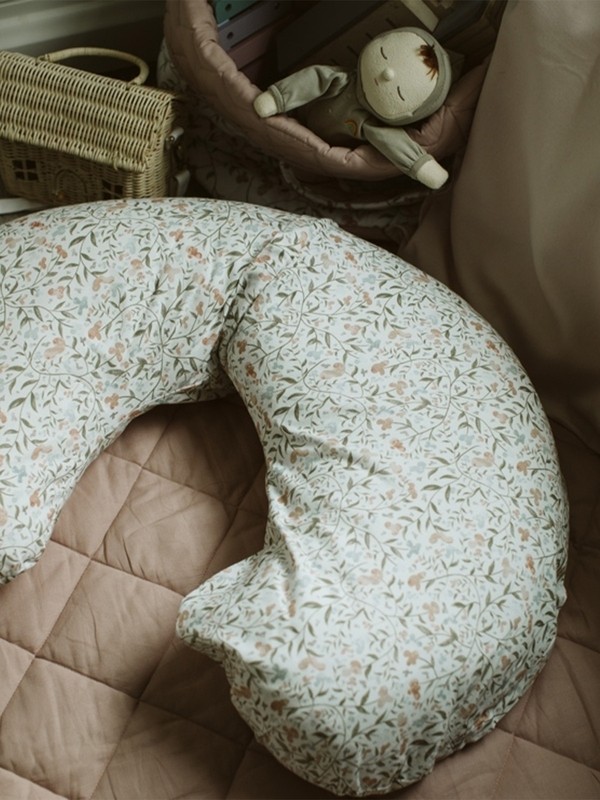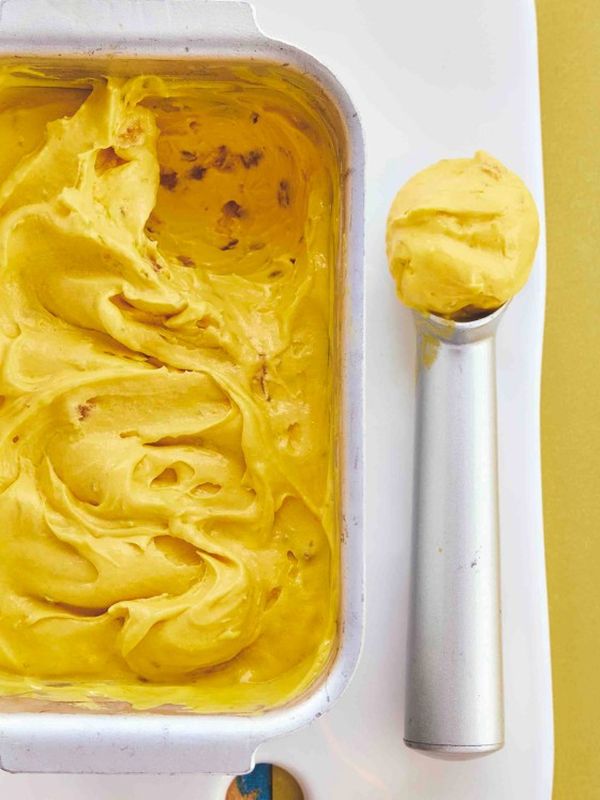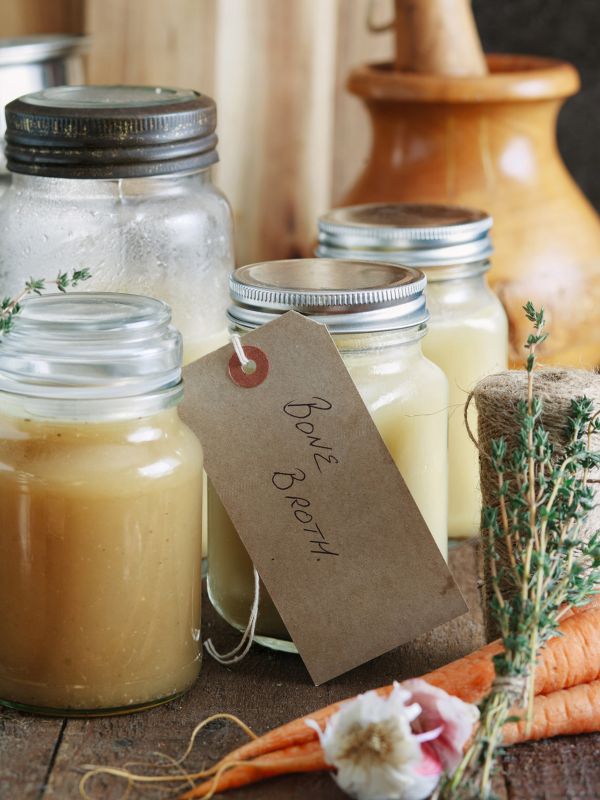
9 Sorting Hacks To Use Now
FIVE MINUTES/ONE ITEM
“If you’re new to decluttering, you can slowly build momentum with just five minutes a day,” advises decluttering expert and author of The Minimalist Home Joshua Becker. “Removing clutter from our homes and our lives doesn’t need to be rushed or done in a single day. It’s something that can be done over time and may even need to be done on a semi-regular basis.” Another way to start small is to get rid of just one item a day. “This would remove 365 items every single year from your home. If you increased this to two per day, you would have given away 730 items you no longer need. And you can always increase this number once it gets too easy,” adds Joshua.
THE 30-DAY MINIMALISM GAME
The Minimalists bloggers Joshua Fields Millburn and Ryan Nicodemus advise using their 30-Day Minimalism Game to get the sorting started. “Find a friend, family member, or co-worker who’s willing to minimise their stuff with you. Each person gets rid of one thing on the first day of the month. Two things on the second. Three things on the third. So forth and so on,” they suggest. If that feels like too much, try inverting the challenge to start with the biggest clear out first.
THE KONDO METHOD
We’re probably all familiar with Marie Kondo’s famous ‘spark joy’ approach. But less attention is paid to her advice to split the decluttering process into manageable categories, rather than rooms or areas. “It is crucial not only to tidy by category but also to follow the correct order, which is clothes, books, papers, komono (miscellany), and finally, sentimental items,” Marie explains. “Tidying in the proper order is designed to help you hone your ability to distinguish what sparks joy. Clothes are ideal for practising this skill, while photos and other sentimental items are the epitome of what you should not touch until you have perfected it,” she warns.
TWENTY QUESTIONS
If you find yourself constantly justifying why you should hold onto something, it might be time to get tough. “In your quest to declutter, sometimes a good interrogation is in order,” agrees Francine Jay, author of Lightly: How To Live A Simple, Serene, And Stress-Free Life. “If you caught a trespasser on your property, you’d likely question their presence – why not do the same for your stuff? That way, you can determine whether it truly belongs in your household, or needs to be escorted off the premises.” Questions don’t need to be complex but good ones include: What are you? What do you do? How and when did you get here? When were you last used? When will you be used again? Are there two of you? Are you valuable? Could you go digital?
THE HANGER TECHNIQUE
If it’s your wardrobe which needs tackling, this technique has been endorsed by some of our favourite influencers, as well as celebrity names like Oprah Winfrey. The traditional method requires putting all of your garments on hangers and storing them in your wardrobe backward, so that the open end of each hanger faces you. Next, set a calendar reminder for six months before going back to your regular routine. Every time you wear a piece and put it back, make sure the hanger faces the usual way (the opening facing away from you). But with fewer trips outside, it might be worth adjusting this process. Try going through your hanging wardrobe. For each garment, if you can remember the last time you wore it – and it was in the last six months – turn the hanger. If you can’t, leave it as it is. Once you reach the end, consider donating or recycling those items whose hangers are still facing you.
THE 12-12-12 RULE
If you’re a relatively tidy household but want to keep on top of things once a month, Joshua Becker recommends sticking to the 12-12-12 rule. “Locate 12 items to throw away, 12 to donate, and 12 to be returned to their proper home,” he explains. Implementing this strategy from time to time will ensure you’re not holding onto things longer than you need them, while also providing an easy method or rule for the whole family to put into practice on a regular basis, say once a month.
ONE IN, ONE OUT
Let’s face it, online shopping is a bit of a god-send right now. But it’s worth remembering this golden rule to ensure clutter is kept to a minimum. “It’s important to monitor the ‘stuff level’ in your home,” advises Francine. “Imagine it as a bucket full of water. Your decluttering efforts are a hole in the bottom: drip…drip…drip… as you slowly rid your household of unwanted things. But if you continue to pour water in the top, it’ll never empty. To keep your stuff level from rising, live by the following rule: every time a new item comes into your home, a similar item must leave. For every drip into the bucket, there must be one drip out; this ensures that your household won’t flood, and threaten the progress you’re making.”
THE FOUR-BOX METHOD
Like the reverse hanger trick, the four-box method speeds things along by forcing decisions item by item. First, gather a trash can and three boxes. Label the boxes ‘put away’, ‘donate/sell’, and ‘storage’. Pick up every piece of clutter and ask yourself whether you should put each back in its proper place, donate or sell it, store it, or throw it away. Don’t put the item down until you’ve made the decision. At the end of the session, spend ten minutes emptying the boxes accordingly. “Don’t skip a single item, no matter how insignificant you may think it is,” warns Joshua (WHICH ONE?). “This may take days, weeks, or months, but it will help you see how many items you really own and you’ll know exactly what to do with each item.”
THE ‘ONE TOUCH’ RULE
Promoted by blogger and organisational queen Anna Newton (aka The Anna Edit) the idea here is not to start a decluttering task until you have time to complete it. Once you’ve touched ‘on’ a task – for example, opening and sorting your post – finish it before starting something else. In short, there’s no saving anything for later. “It won’t work as well with physical decluttering as that’s a manual task we often need to take a break from,” warns Anna. “But it works brilliantly for digital decluttering. Deleting photos, having a social media purge, organising your inbox, even replying to emails. It sounds extreme, but give it a go.”
Inspired? Here are some of our favourite books to kick-start your decluttering…
DISCLAIMER: We endeavour to always credit the correct original source of every image we use. If you think a credit may be incorrect, please contact us at info@sheerluxe.com.
